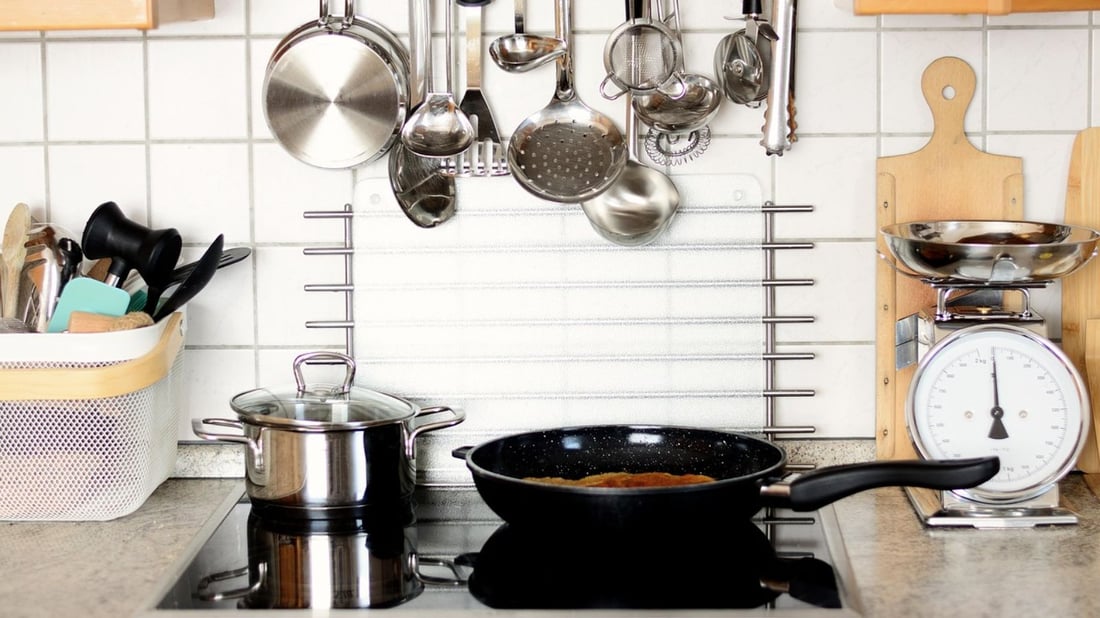1. Heat Conduction and Distribution
The material of cookware plays a vital role in how effectively heat is conducted and distributed during the cooking process. Certain materials, such as copper, have excellent heat conduction properties, allowing for even cooking. Others, like stainless steel, may have more uneven heat distribution, leading to hot spots and potential burning of the food.
2. Reactivity with Food
Some materials used in cookware, like cast iron, can react with certain types of food, altering the taste or appearance of the dish. This reactivity can be positive in some cases, enhancing the flavors of certain foods, but it can also be negative, leading to unwanted changes in the dish.
3. Durability and Longevity
The material of cookware also affects its durability and longevity. While materials like cast iron and stainless steel are known for their durability and can last for generations if properly cared for, others, like non-stick coatings, may wear out quickly and need to be replaced more frequently.
4. Ease of Cleaning and Maintenance
Different materials require different levels of care and maintenance. Some materials, like stainless steel and copper, can be easily cleaned with simple soap and water, while others, like cast iron, require more upkeep to prevent rust and maintain their seasoning.
5. Weight and Handling
The weight of cookware can greatly impact the cooking experience. Heavier materials, like cast iron, retain heat well but can be cumbersome to handle. Lighter materials, like aluminum, are easier to maneuver but may not retain heat as effectively.
6. Cost and Affordability
The material of cookware also affects its cost and affordability. Higher-end materials, like copper and stainless steel, tend to be more expensive, while materials like aluminum and non-stick coatings are more budget-friendly.
7. Cooking Techniques and Versatility
Certain materials are better suited for specific cooking techniques. For example, copper is excellent for tasks that require precise temperature control, while cast iron excels in tasks that require high heat retention. Choosing the right material can enhance the versatility of your cookware collection.
8. Health and Safety Concerns
Some cookware materials may pose health and safety concerns. For example, non-stick coatings can release harmful chemicals when overheated, while materials like aluminum may leach into food at high temperatures. Understanding the health implications of different materials is crucial for conscious cooking.
9. Aesthetics and Presentation
The material of cookware can also impact the aesthetic appeal of your dishes. Certain materials, like copper and enamel-coated cast iron, are prized for their beauty and can enhance the presentation of your culinary creations.
10. Environmental Impact
Lastly, the choice of cookware material can have environmental implications. Materials like aluminum and stainless steel are recyclable and more eco-friendly, while non-stick coatings and disposable cookware contribute to waste and pollution. Consider the environmental impact of your cookware choices for a more sustainable kitchen.
Quote Inquiry
Contact us!

